Creating A Cascade Bonsai - Shaping and Style
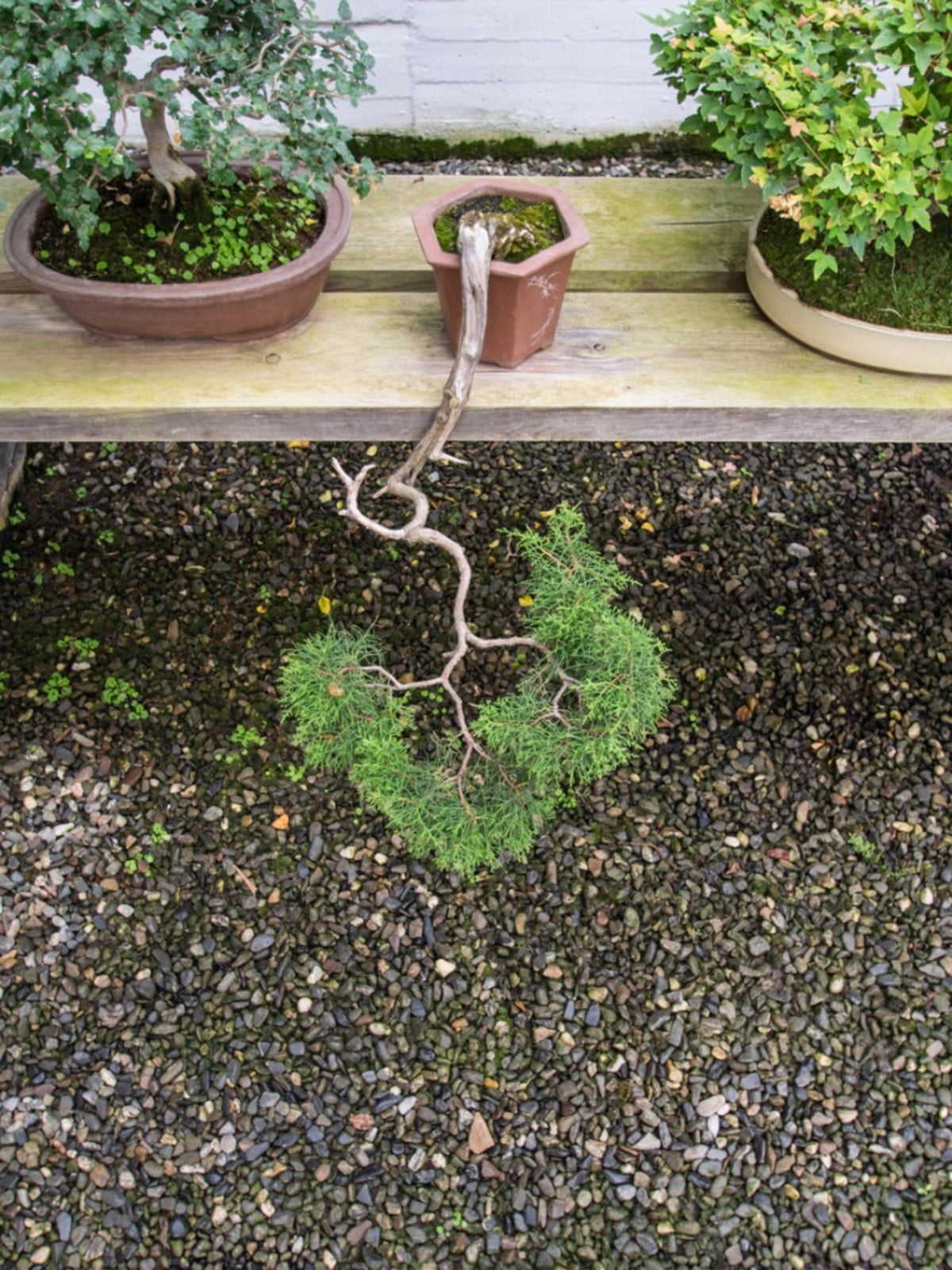

The ancient practice of bonsai lifts pruning to an art form. The pruning techniques for bonsai not only reduce the size of the plant but strive to mimic the natural forms of the trees that grew in the mountainous, harsh regions where bonsai originated. One of these popular forms is the cascade bonsai. Keep reading to learn about creating a cascade bonsai.
Cascading Bonsais
Creating a cascade bonsai is intended to reflect the shape of a tree that has had a difficult time, yet perseveres. It is best to imagine a shape that was formed due to the crushing weight of heavy winter snows, land slides, or mud slides. These natural catastrophes will twist the tree downward in nature and so it is with a bonsai in the cascade form. The main trunk of a bonsai in a cascade form will bend downward, past the lip of its container and past its root line. The branches on the main trunk will reach both out and up, as though it were striving for the sun. In Japanese, a cascade bonsai form is called a kengai bonsai.
Creating a Cascade Bonsai
When creating natural looking cascading bonsais, it may help to practice these tips for shaping a cascade bonsai form.
- Trim away about half of the branches on the tree. Think carefully on which branches you wish to remove. It is best to remove any small or undersize branches that are growing from the trunk itself.
- When starting a cascade bonsai, you will need to add form wires to the plant. Wrap 75 percent of the trunk, starting at the base, in a protective covering such as raffia.
- Anchor a relatively thick wire near the base of the trunk and carefully wrap it up the trunk. Be careful not to wrap it too tightly as this may damage the trunk as it grows.
- Once the wire is around the trunk, you can wrap the wire and trunk over with raffia to help keep the wire from moving.
- Now we need to bend the trunk of your cascade bonsai. Think carefully on how you want your bonsai to look. Remember, you are striving to mimic nature, not create a modern art piece. Imagine a tree heavily pushed down by snows over the edge of a cliff. The top of the tree will come down below the bottom of the tree when bent in the right shape. Once you have that shape in mind, grasp the base with one hand and bend the trunk to this shape with the other.
- Now you can wire the branches. Use a smaller gauge wire on the branches and, again, don't wrap the branches too tightly. Trim away any branches that face directly to the side of the container. The other branches should be bent out horizontally from the main trunk.
Continue to make minor adjustments to the branches of your cascade bonsai as the branches fill out. Eventually, you will be able to remove the wires and your tree will reflect that persevering force of nature even in the face of adversity.
Cascade Bonsai Plants
The following trees make excellent cascading bonsais:
- Chinese Juniper
- Green Mound Juniper
- Japanese Black Pine
- Japanese Garden Juniper
- Japanese White Pine
- Mountain Pine
- Needle Juniper
- Scotch Pine
While these are some of the more popular trees for creating a cascade bonsai, they aren't the only ones. Any pine or juniper does well for this style of bonsai. Other trees can be used for this style as well, as long as they do not grow vigorously upwards.
Gardening tips, videos, info and more delivered right to your inbox!
Sign up for the Gardening Know How newsletter today and receive a free copy of our e-book "How to Grow Delicious Tomatoes".

Heather Rhoades founded Gardening Know How in 2007. She holds degrees from Cleveland State University and Northern Kentucky University. She is an avid gardener with a passion for community, and is a recipient of the Master Gardeners of Ohio Lifetime Achievement Award.
-
 12 Lush Alternatives To A Lawn For Sustainable Spaces
12 Lush Alternatives To A Lawn For Sustainable SpacesAlternatives to a lawn are beautiful and also beneficial to your local ecosystem and its pollinators. Explore our top picks for plants to replace grass.
By Tonya Barnett
-
 Types Of Tomatoes Explained: Explore The Many Wonderful Shapes, Colors, Flavors, & Best Uses
Types Of Tomatoes Explained: Explore The Many Wonderful Shapes, Colors, Flavors, & Best UsesThe world of tomato varieties is vast and fascinating. Learn about the key types to grow in your garden, tailored to your preferences and space.
By Amy Grant
-
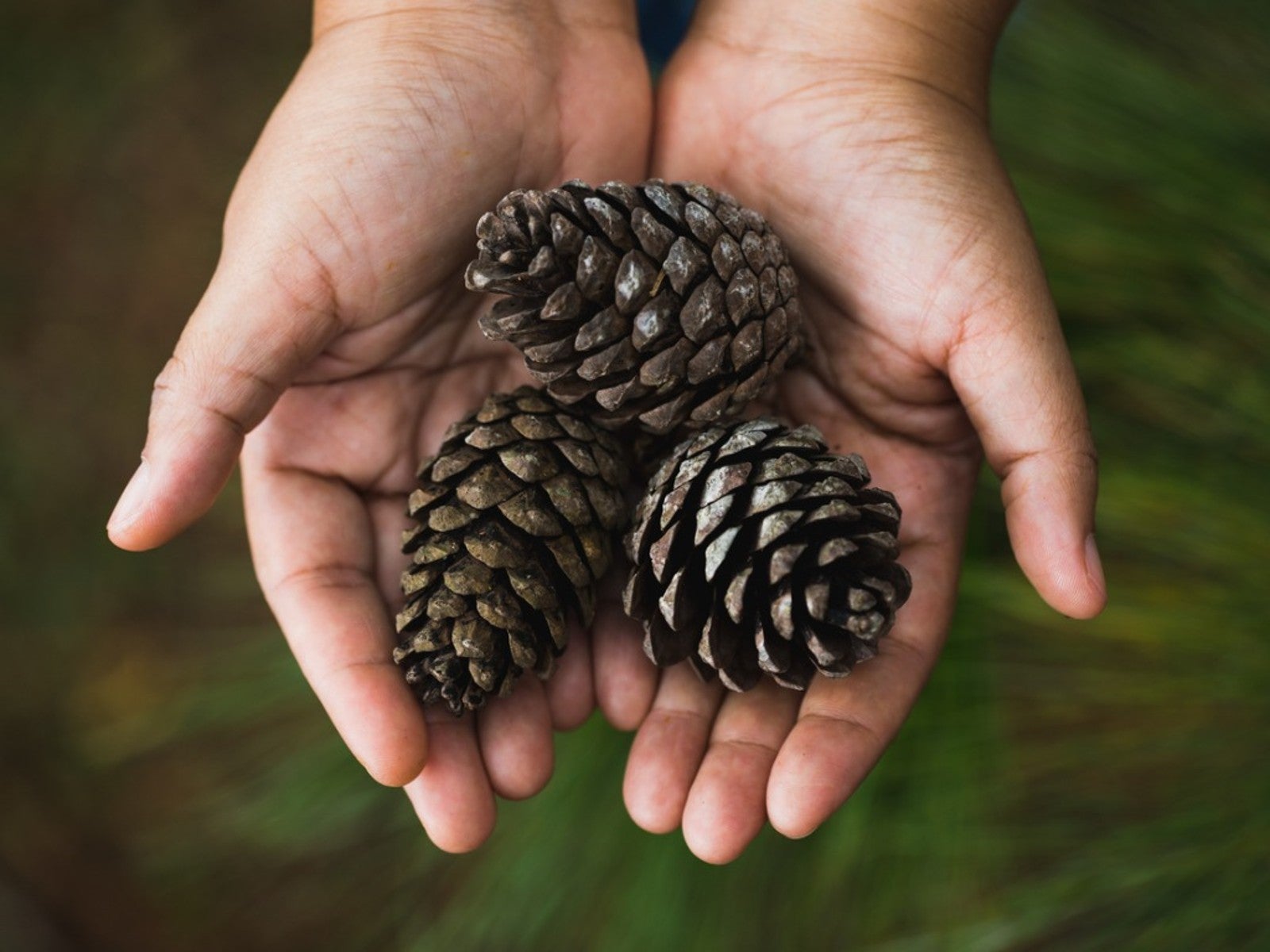 How To Grow A Pine Cone Bonsai Tree
How To Grow A Pine Cone Bonsai TreeWant to learn how to harvest seeds from a pine cone to start a pine cone bonsai tree? Click here to read all about it.
By Teo Spengler
-
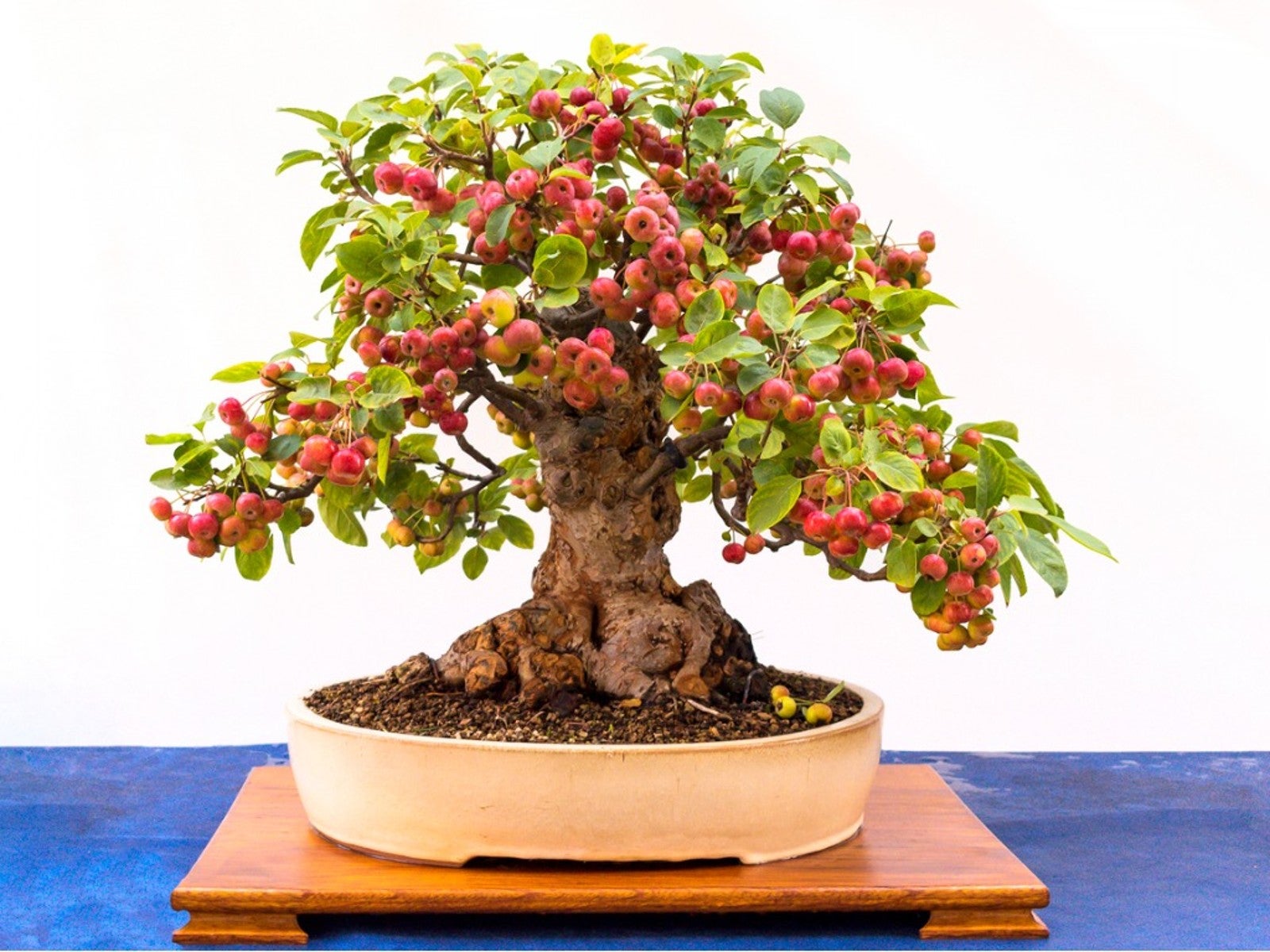 How To Grow A Bonsai Apple Tree That Produces Fruit
How To Grow A Bonsai Apple Tree That Produces FruitWhat could be sweeter than a miniature apple tree? Learn how to create an apple tree bonsai.
By Teo Spengler
-
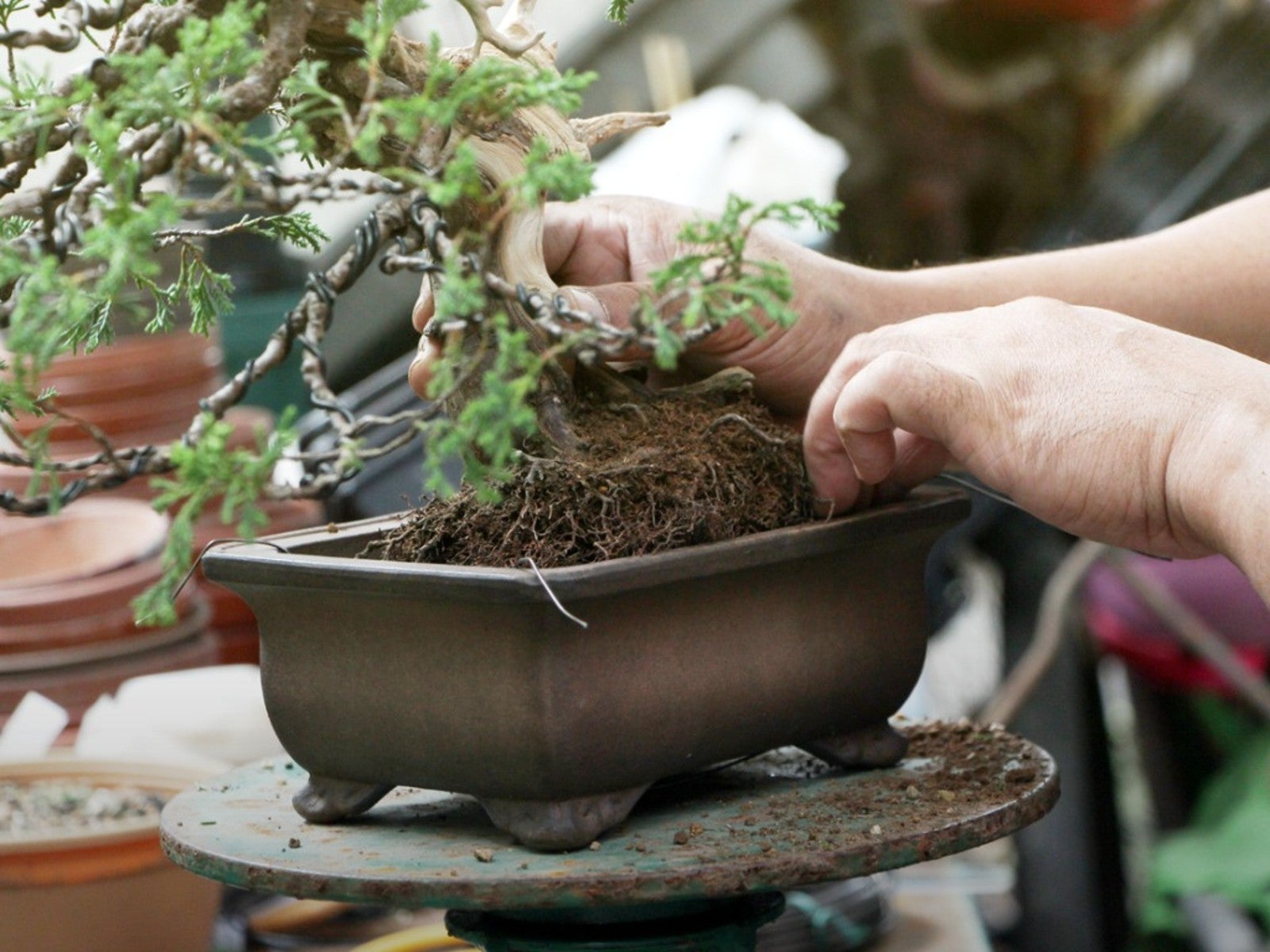 Tips For Repotting Bonsai Trees
Tips For Repotting Bonsai TreesThere’s an art to repotting a bonsai tree. Click here to learn how to do it successfully.
By Teo Spengler
-
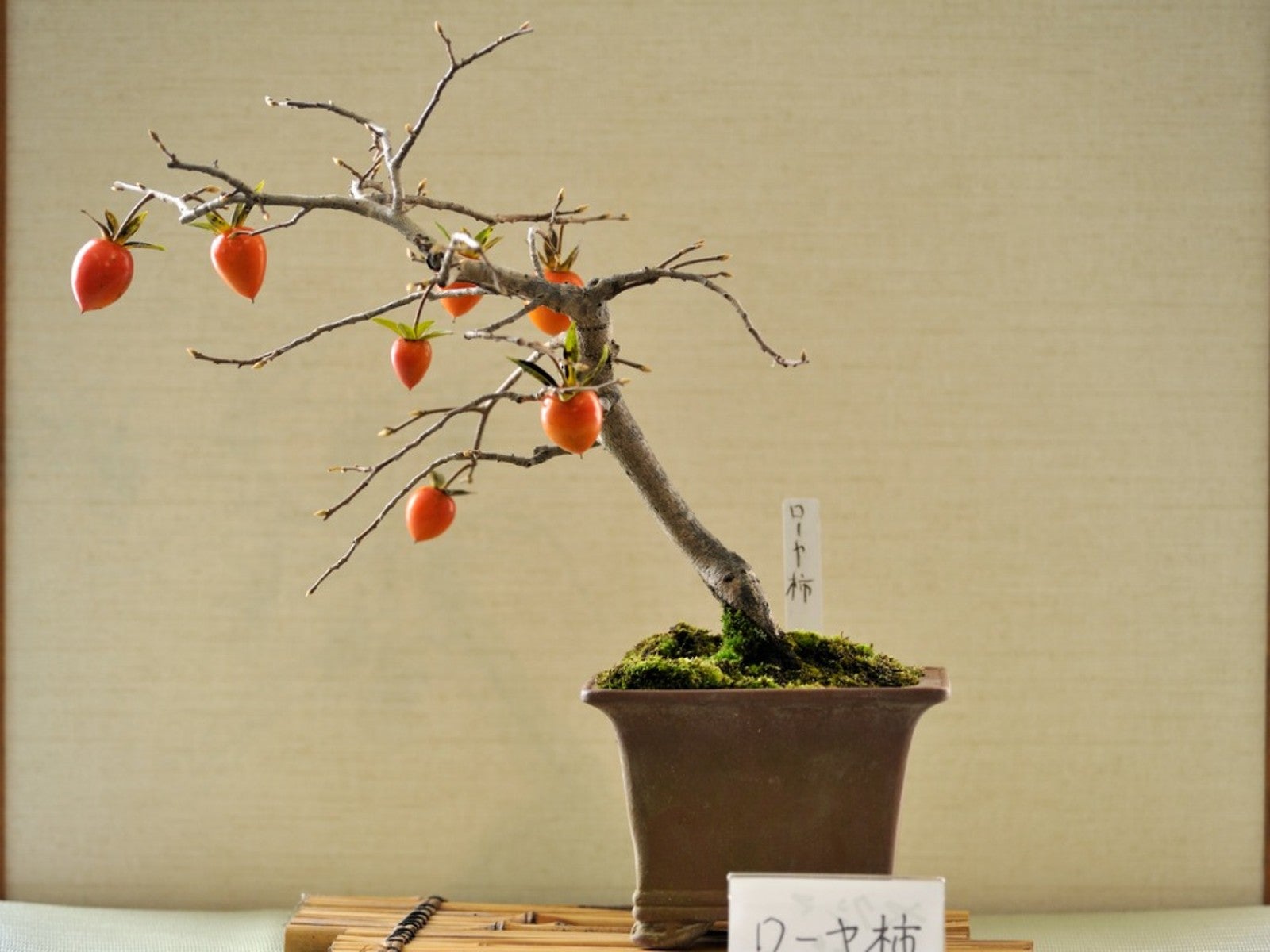 How To Grow A Persimmon Bonsai Tree
How To Grow A Persimmon Bonsai TreeAre you looking for a unique indoor plant that will light up your home? Creating a dwarf persimmon tree is an interesting project and lots of fun. Click here to learn more!
By Teo Spengler
-
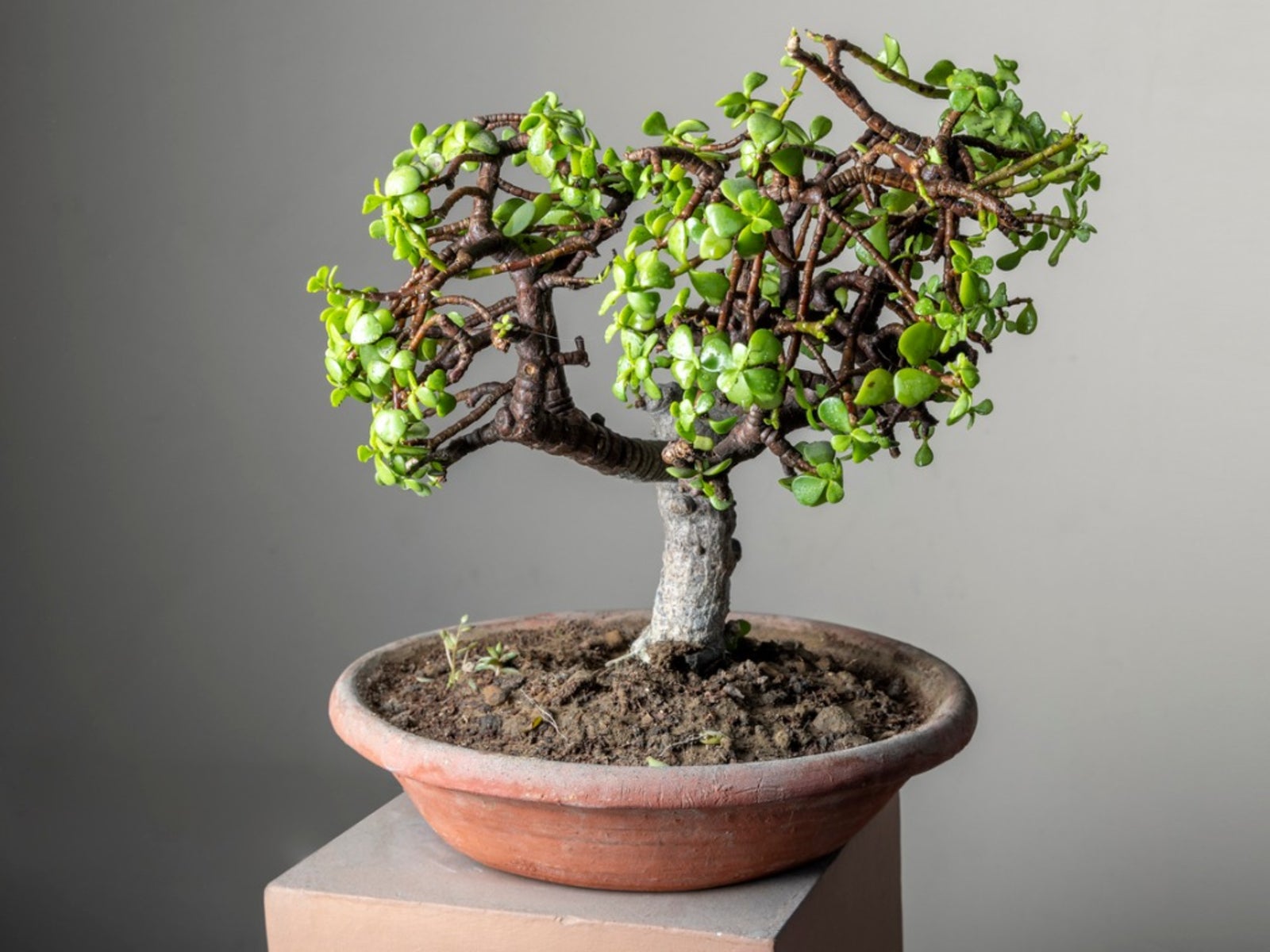 Succulent Bonsai Trees - Choosing Bonsai Looking Succulents
Succulent Bonsai Trees - Choosing Bonsai Looking SucculentsYou can create your own succulent bonsai trees quite easily. This is because many succulents are naturally tiny and hardy and don't mind the trimming required to make a bonsai form.
By Bonnie L. Grant
-
 Fukien Tea Tree Bonsai: How To Grow A Fukien Tea Tree
Fukien Tea Tree Bonsai: How To Grow A Fukien Tea TreeHeard about Fukien tea tree bonsais? Click this article for Fukien tea tree care and how to grow this interesting houseplant.
By Teo Spengler
-
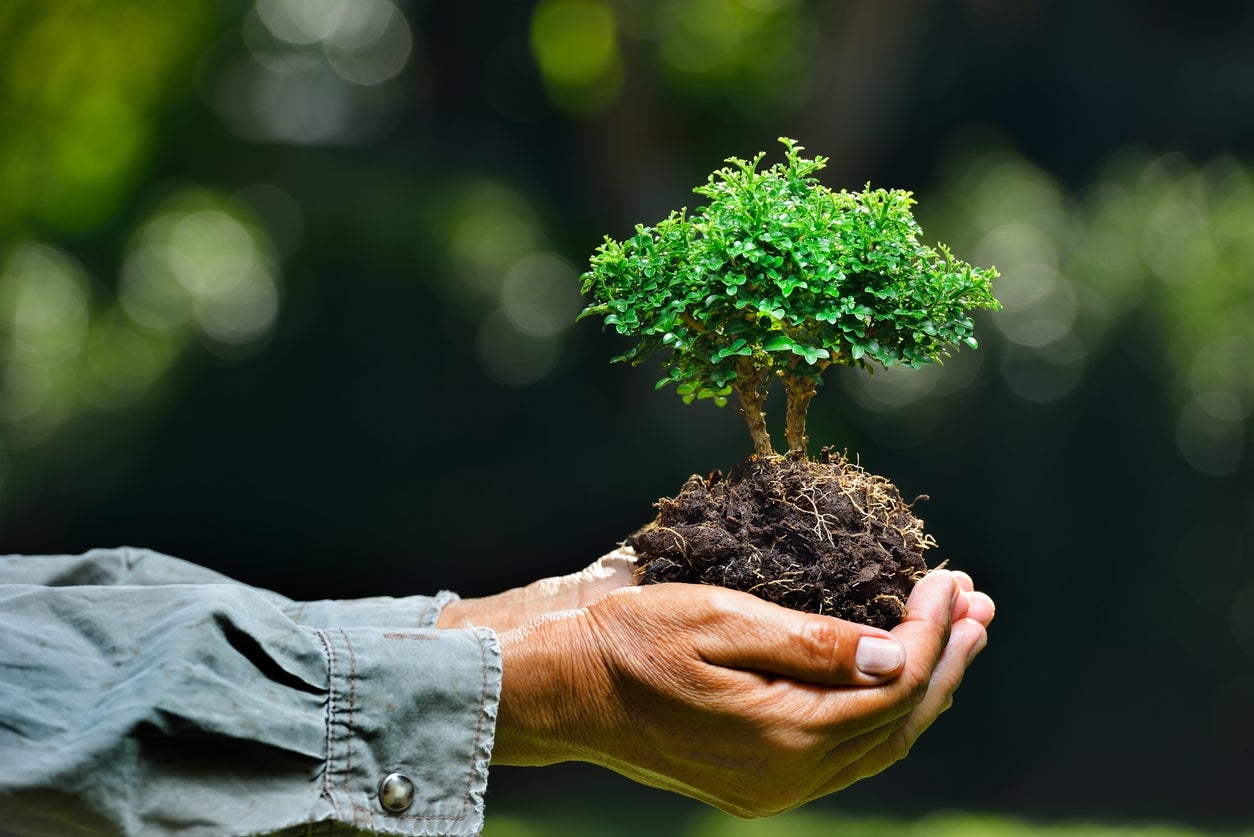 Bonsai Soil Requirements: How To Mix Soil For Bonsai Trees
Bonsai Soil Requirements: How To Mix Soil For Bonsai TreesWhat is bonsai soil made up of? As with the art itself, bonsai soil requirements are exacting and very specific. The following article contains bonsai soil information on how to make your own bonsai soil. Click this article for more information.
By Amy Grant
-
Bonsai Aquarium Plants – How To Grow Aqua Bonsai Trees
Bonsai trees that are kept tiny and carefully cared for in small pots can bring a real level of intrigue and beauty to the home. But is it possible to grow underwater bonsai trees? Learn more aquatic bonsai information, including how to grow aqua bonsai, in this article.
By Liz Baessler